



Item |
Resident fee |
Nonresident fee |
Base hunting license |
$10 |
$15 |
Conservation license |
$8 |
$10 |
Deer license |
$16 |
n/a |
Elk license |
$20 |
n/a |
Deer combination license |
n/a |
$724 |
Elk combination license |
n/a |
$1,048 |
Big game combination license |
n/a |
$1,242 |
Deer permit application fee |
$5 |
$5 |
Elk permit application fee |
$9 |
$9 |
Bonus point fee (with draw application) |
$2 |
$20 |
Bonus point fee (points only period) |
$15 |
$25 |
Preference point fee |
n/a |
$100 |
Item | Resident fee | Nonresident fee |
Base hunting license | $10 | $15 |
Conservation license | $8 | $10 |
Deer license | $16 | n/a |
Elk license | $20 | n/a |
Deer combination license | n/a | $724 |
Elk combination license | n/a | $1,048 |
Big game combination license | n/a | $1,242 |
Deer permit application fee | $5 | $5 |
Elk permit application fee | $9 | $9 |
Bonus point fee (with draw application) | $2 | $20 |
Bonus point fee (points only period) | $15 | $25 |
Preference point fee | n/a | $100 |
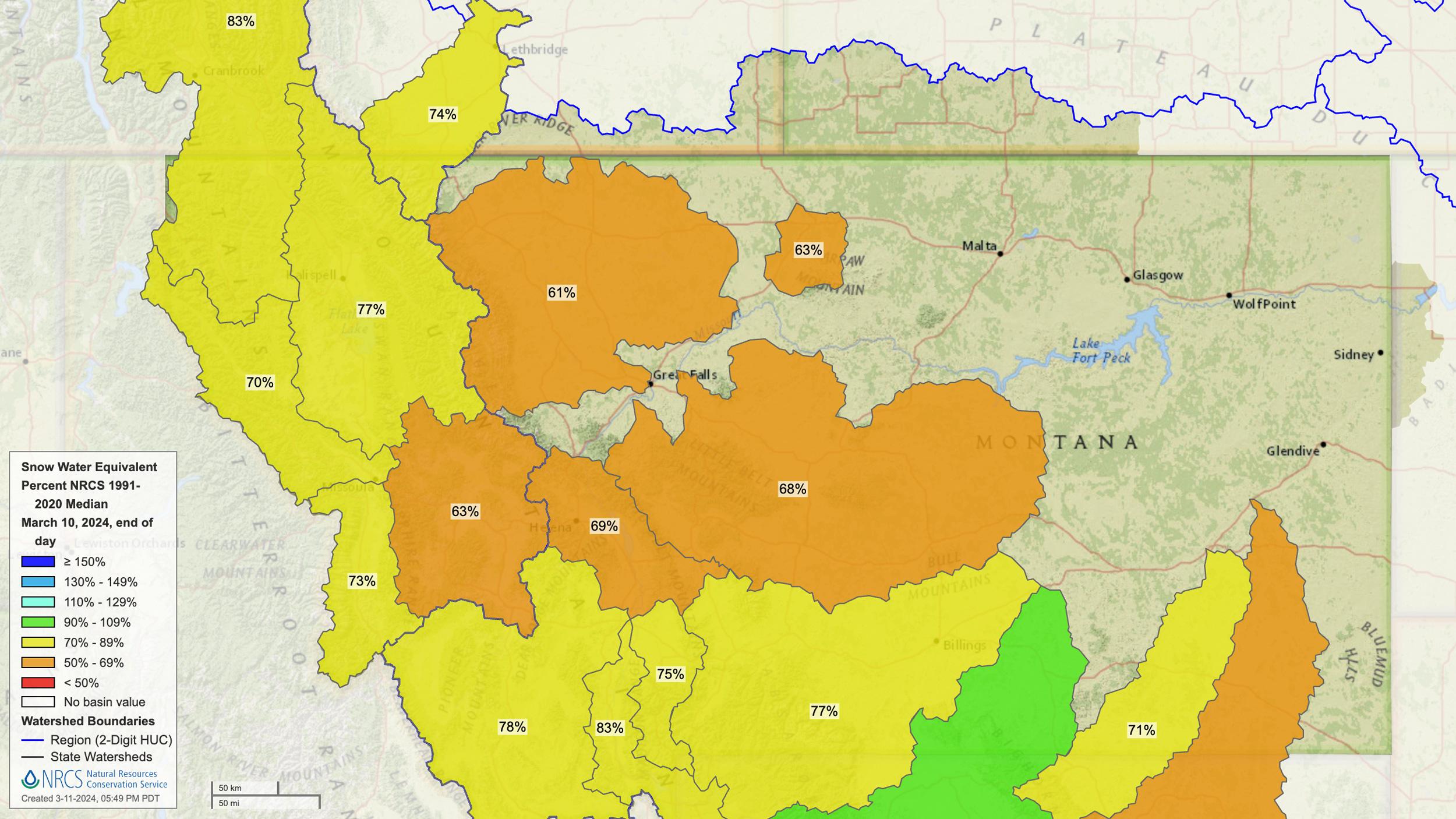
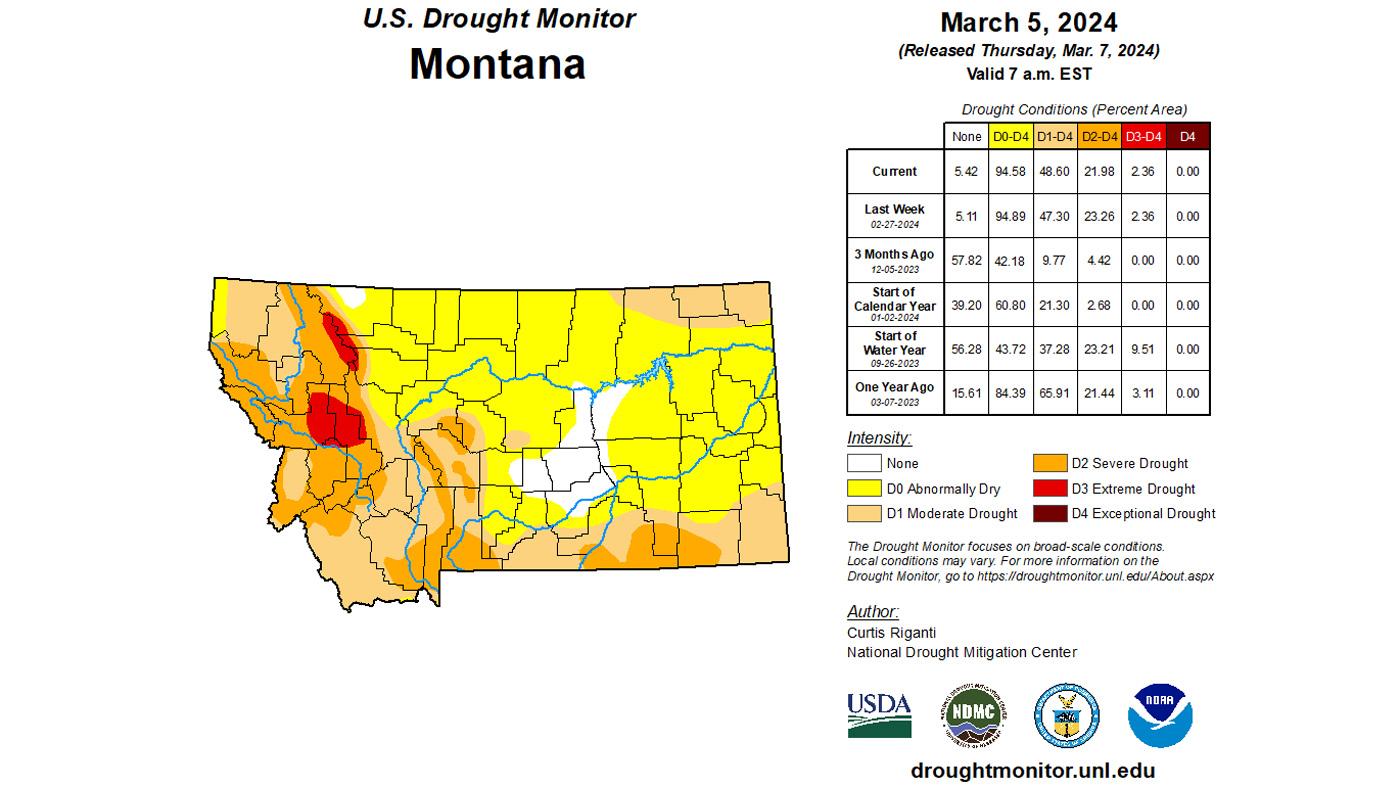

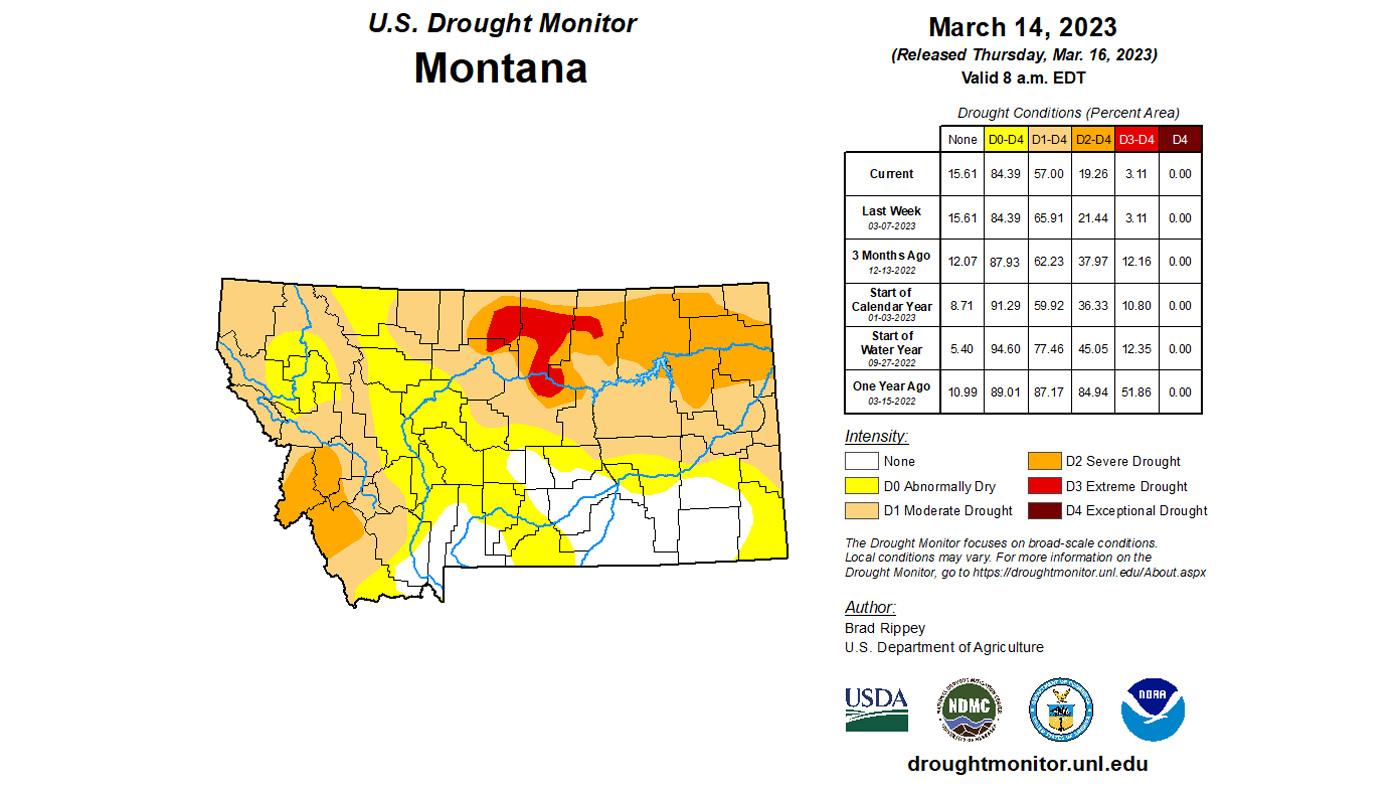
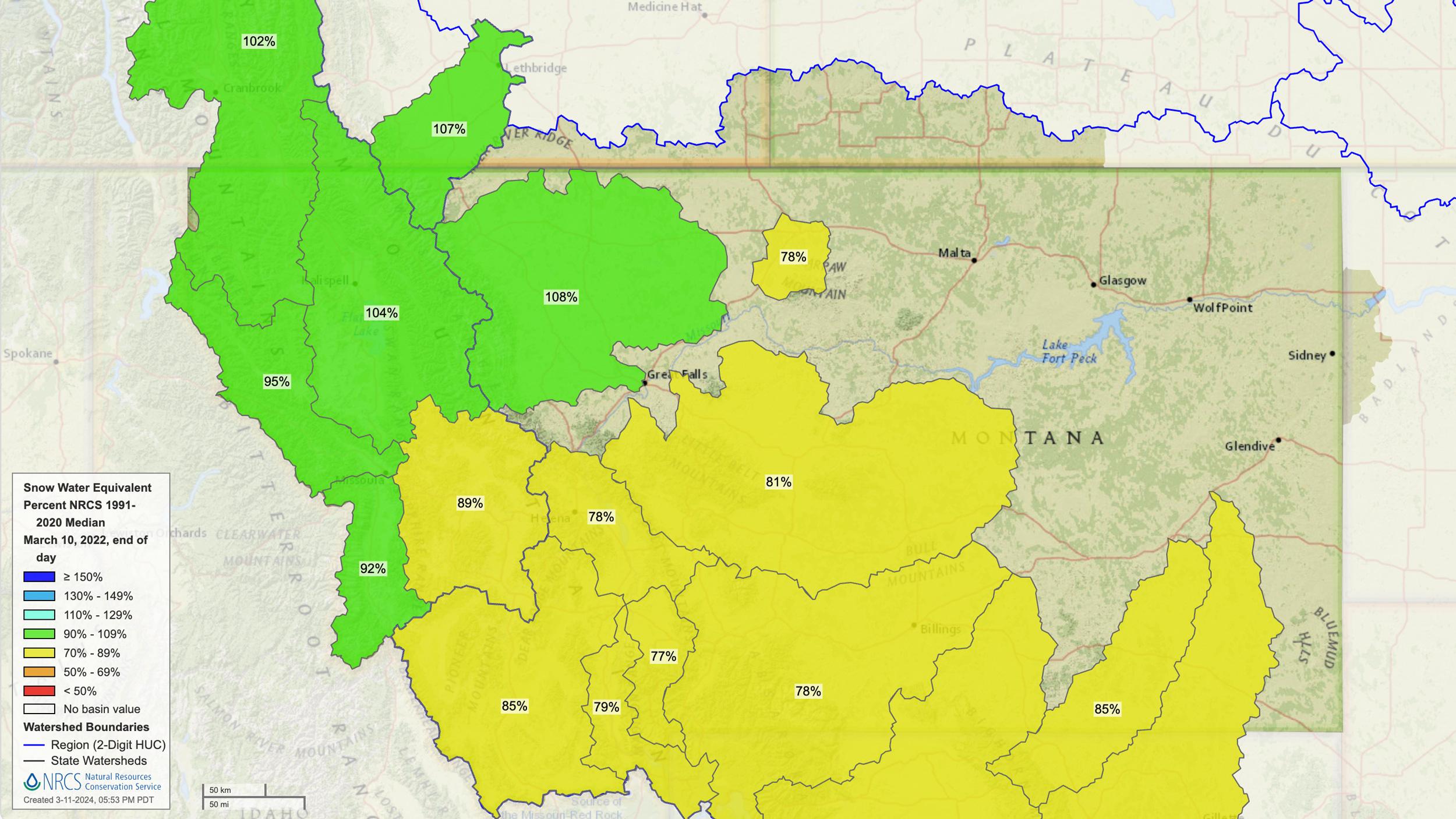
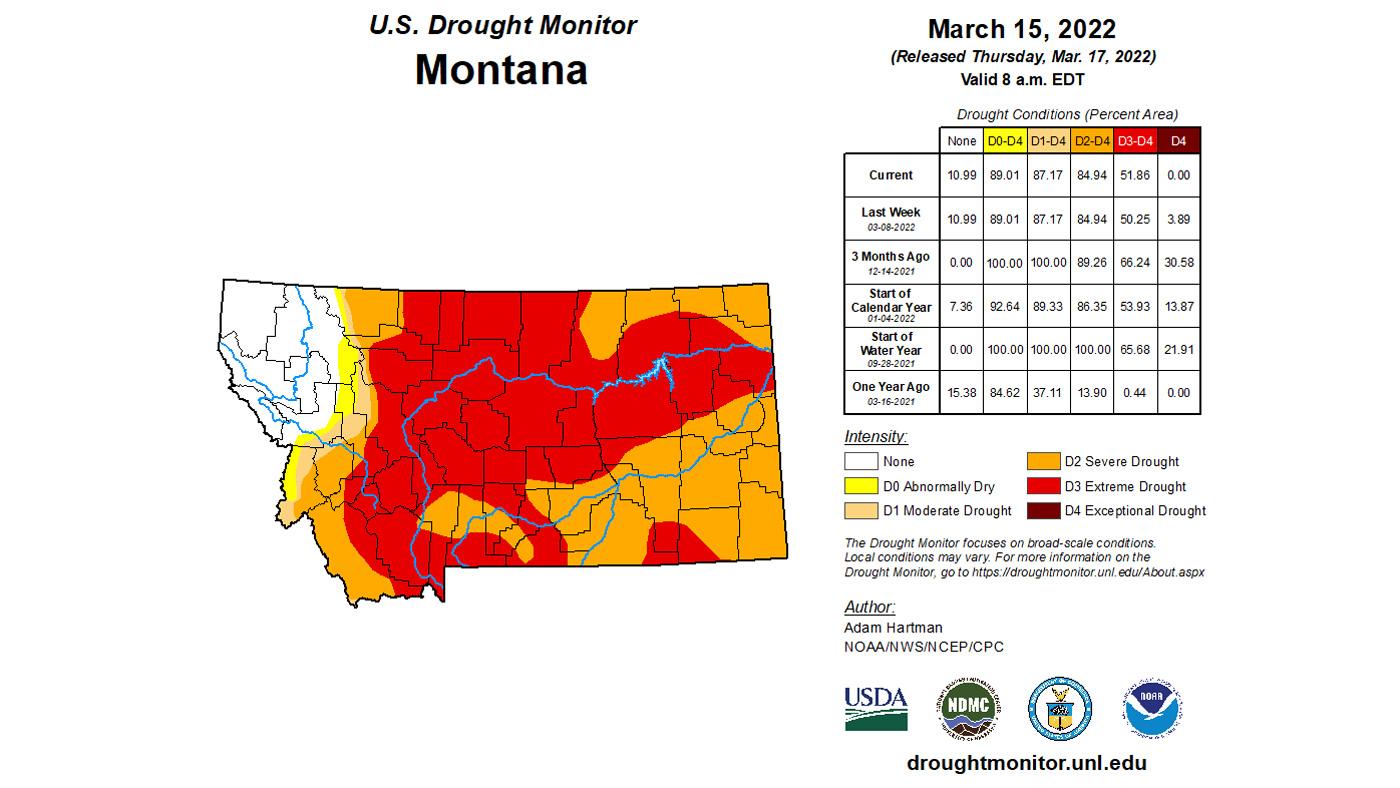
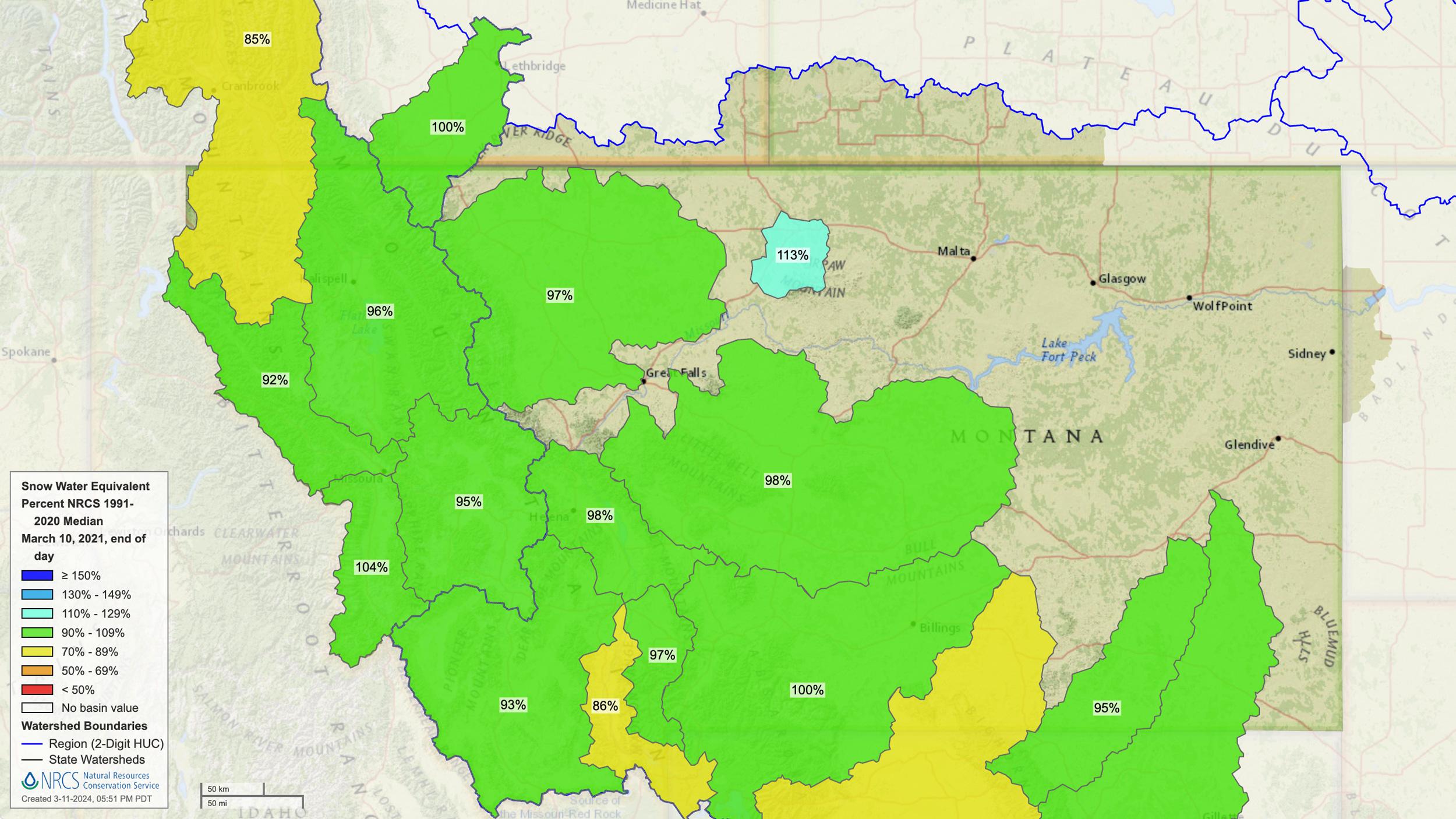
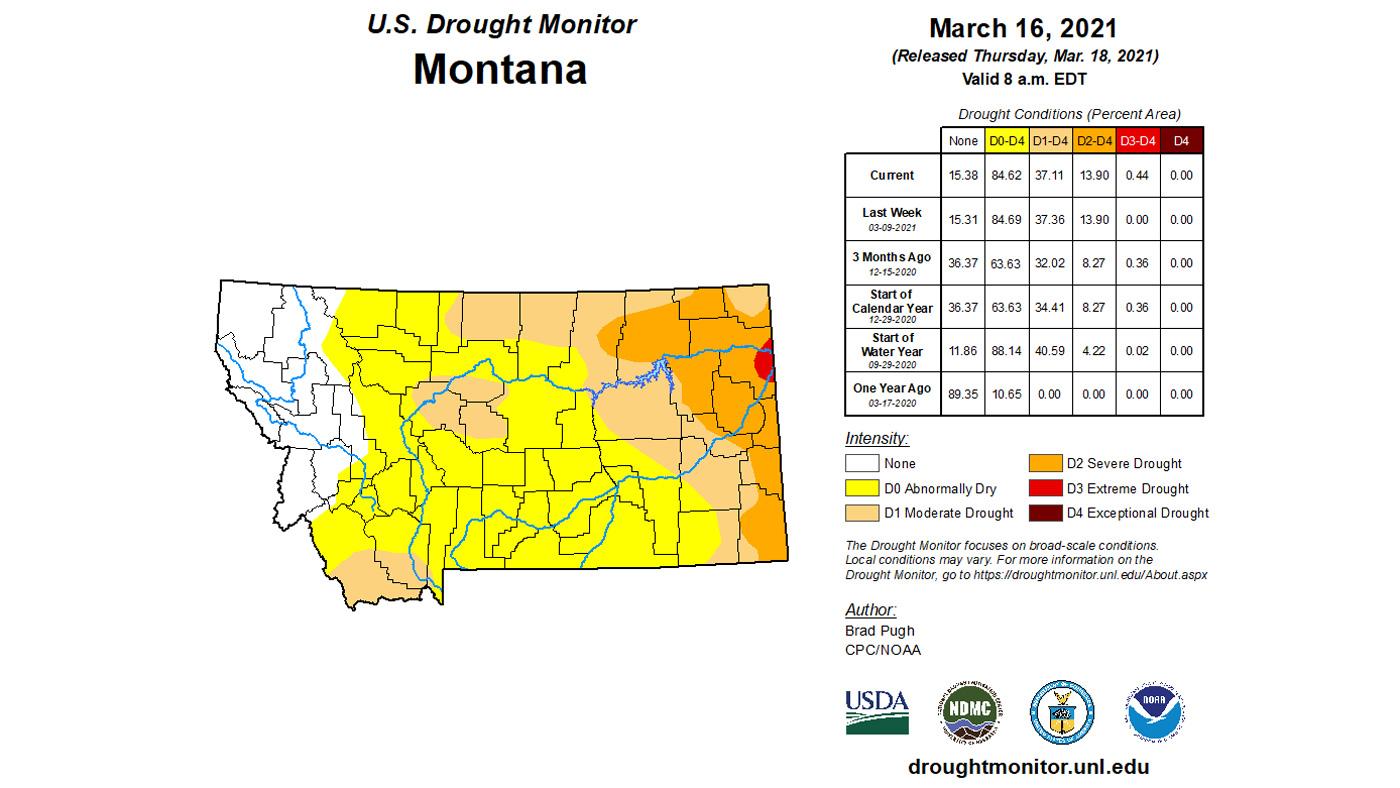
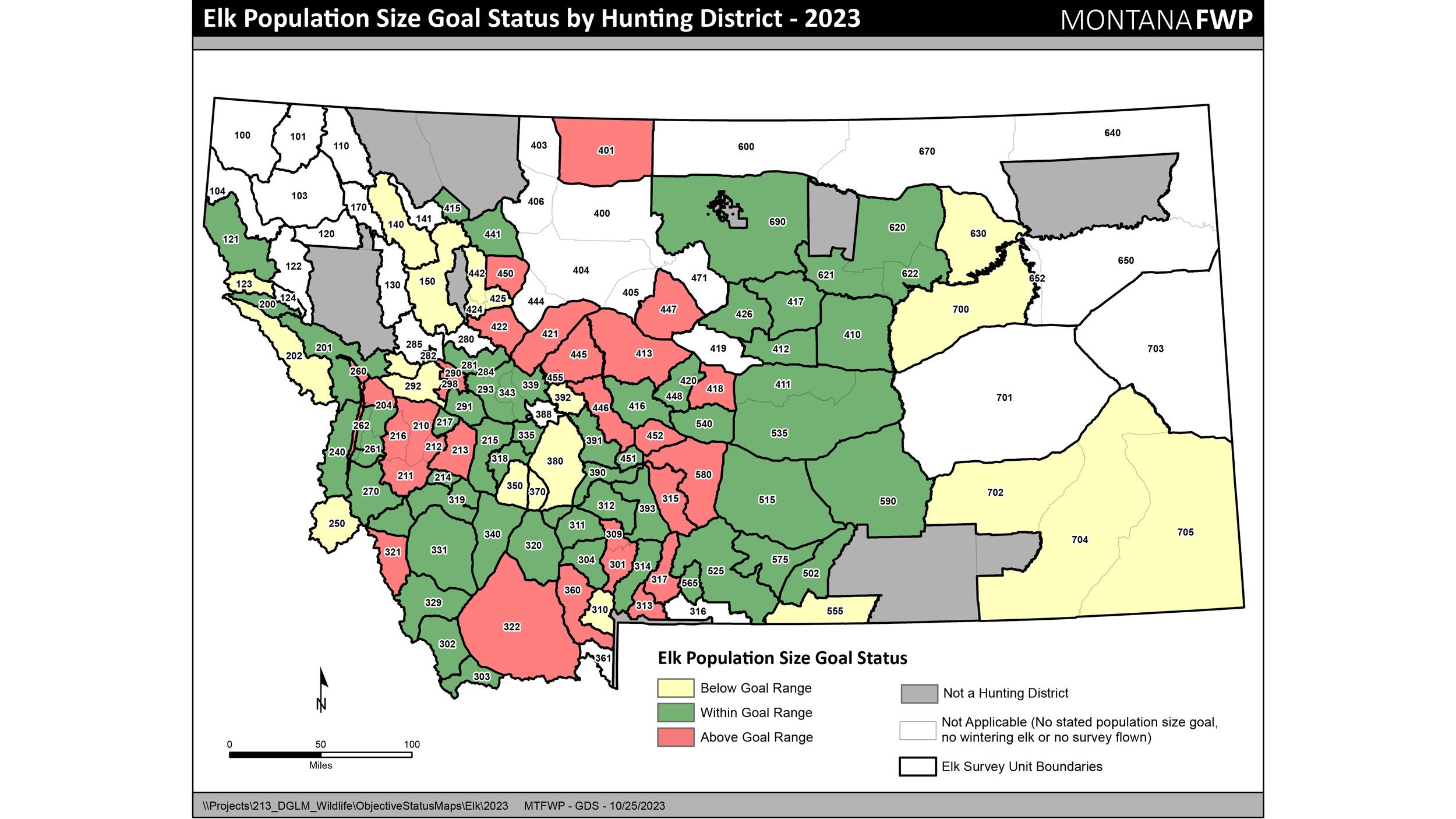
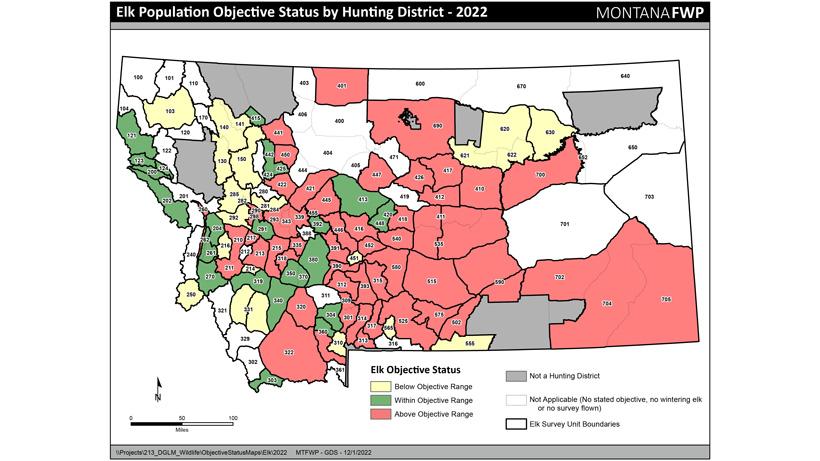
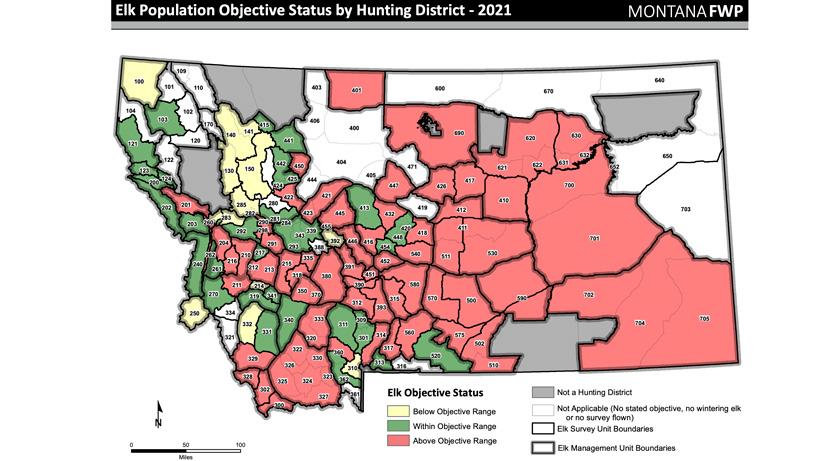
Hunt district |
Trophy potential |
Bulls harvested |
6 point percentage |
323 |
300”+ |
1199 |
40% |
360 |
320”+ |
733 |
53% |
416 |
320”+ |
359 |
54% |
580 |
320”+ |
357 |
53% |
315 |
310”+ |
339 |
55% |
320 |
300”+ |
335 |
40% |
331 |
320”+ |
327 |
38% |
314 |
330”+ |
322 |
54% |
Hunt district | Trophy potential | Bulls harvested | 6 point percentage |
323 | 300”+ | 1199 | 40% |
360 | 320”+ | 733 | 53% |
416 | 320”+ | 359 | 54% |
580 | 320”+ | 357 | 53% |
315 | 310”+ | 339 | 55% |
320 | 300”+ | 335 | 40% |
331 | 320”+ | 327 | 38% |
314 | 330”+ | 322 | 54% |
Hunt district |
Trophy potential |
6 point or better percentage |
Bulls harvested |
380 |
370”+ |
31% |
247 |
310 |
360”+ |
52% |
187 |
690 |
360”+ |
93% |
56 |
410 |
350”+ |
83% |
213 |
447 |
350”+ |
81% |
118 |
590 |
350”+ |
71% |
323 |
411 |
340”+ |
74% |
266 |
417 |
340”+ |
75% |
161 |
621 |
340”+ |
78% |
77 |
622 |
340”+ |
68% |
72 |
700 |
340”+ |
67% |
267 |
704 |
340”+ |
79% |
169 |
705 |
340”+ |
83% |
66 |
Hunt district | Trophy potential | 6 point or better percentage | Bulls harvested |
380 | 370”+ | 31% | 247 |
310 | 360”+ | 52% | 187 |
690 | 360”+ | 93% | 56 |
410 | 350”+ | 83% | 213 |
447 | 350”+ | 81% | 118 |
590 | 350”+ | 71% | 323 |
411 | 340”+ | 74% | 266 |
417 | 340”+ | 75% | 161 |
621 | 340”+ | 78% | 77 |
622 | 340”+ | 68% | 72 |
700 | 340”+ | 67% | 267 |
704 | 340”+ | 79% | 169 |
705 | 340”+ | 83% | 66 |
Preference points |
Odds |
0 |
60% |
1 |
0% |
2 |
84% |
3 |
100% |
Preference points | Odds |
0 | 60% |
1 | 0% |
2 | 84% |
3 | 100% |
Preference points |
Odds |
0 |
54% |
1 |
40% |
2 |
100% |
3 |
100% |
Preference points | Odds |
0 | 54% |
1 | 40% |
2 | 100% |
3 | 100% |
Points |
Resident |
Nonresident |
No points |
5496 |
642 |
1 |
8683 |
856 |
2 |
6089 |
947 |
3 |
4611 |
597 |
4 |
3228 |
466 |
5 |
2491 |
295 |
6 |
1943 |
223 |
7 |
1397 |
145 |
8 |
1038 |
71 |
9 |
881 |
62 |
10 |
608 |
28 |
11 |
528 |
34 |
12 |
454 |
19 |
13 |
395 |
26 |
14 |
330 |
12 |
15 |
246 |
8 |
16 |
225 |
4 |
17 |
189 |
10 |
18 |
171 |
1 |
19 |
177 |
3 |
20 |
172 |
4 |
21 |
181 |
2 |
Points | Resident | Nonresident |
No points | 5496 | 642 |
1 | 8683 | 856 |
2 | 6089 | 947 |
3 | 4611 | 597 |
4 | 3228 | 466 |
5 | 2491 | 295 |
6 | 1943 | 223 |
7 | 1397 | 145 |
8 | 1038 | 71 |
9 | 881 | 62 |
10 | 608 | 28 |
11 | 528 | 34 |
12 | 454 | 19 |
13 | 395 | 26 |
14 | 330 | 12 |
15 | 246 | 8 |
16 | 225 | 4 |
17 | 189 | 10 |
18 | 171 | 1 |
19 | 177 | 3 |
20 | 172 | 4 |
21 | 181 | 2 |
.The application deadline for Montana big game, elk and deer combination licenses along with deer and elk permits is April 1, 2024 by 11:45 p.m. MT. The application process is completely online here or in any Montana Fish, Wildlife and Parks (FWP) office.
To aid in your research and planning efforts, we created a brand new tool for Insiders called Hunt Planner. This tool will help you be more efficient at planning for hunts and also keeps all your research data organized. No more notepads getting lost or headaches when trying to remember what units caught your eye during your research! Everything you need is always in one place at GOHUNT.
What can you do in Hunt Planner?
Point Tracker allows you to enter the number of points you have for each state and species and, as you research through Filtering and Draw Odds, your point total will automatically be highlighted. Learn more about using Point Tracker here.
View important information and an overview of the Montana rules/regulations, the draw system and bonus points, SuperTags, tag and license fees and an interactive boundary line map on our State Profile. You can also view the Montana Elk Profile to access historical and statistical data to help you find trophy areas.
The predator populations in Montana are often the subject of spirited debates with strong feelings on both sides of the spectrum. Wolf packs continue to maintain healthy population levels and have firmly rooted themselves into much of the western portion of the state. Deer and elk populations are down throughout the state compared to historic levels, but great hunting can still be found.
Grizzly populations continue to climb along with bear and hunter interactions. Currently, hunting seasons across the West are still on hold for grizzly bears. Much of western Montana is home to a roaming population of grizzlies and hunters need to be acutely aware and prepared when spending time in these locations.
Even with growing grizzly concerns, hunters can still find plenty of huntable areas where they won’t have to worry about grizzlies. When researching specific areas, a quick call to local biologists can be well warranted.
The 2023/2024 winter has been fairly normal for Montana and most of the state is hovering around average for snowfall. Winterkill should be mostly minimal this year, but the main attention will be turning to available feed on the landscape throughout the spring months. Rains will be vital throughout the spring and early summer months and will be something to keep an eye on. However, 2024 should be a great year to have a tag.
2024
2023
2022
2021
Before diving into the trending hunt districts for Montana elk in 2024, it is first important for hopeful applicants to fully understand the Montana draw system, which can, at times, be very complicated. For the main limited entry permit draws, Montana employs a random lottery that is weighted by bonus points. Additionally, bonus points are squared at every point level. This system heavily favors those with the most points; however, every applicant at every point level has a chance of drawing a tag every year. The bottom line: you’ll never draw if you never apply.
The prerequisite for all nonresidents in Montana will be the big game, elk or deer combination license.
The combination licenses essentially act as a general tag for Montana and must be drawn. Unlike limited entry permits, the combination licenses are distributed through a preference point system where 75% of the tags are reserved for the highest point holders. The remaining 25% of the tags are then put into a random draw with the remaining applicants who have not purchased any preference points.
Montana grants nonresidents up to 10% of a district’s tag quota; however, the 10% is not guaranteed. Some years, the nonresident applicant pool will fill the entire 10% cap and other years it can be significantly less.
Beyond the general tags and nonresident combinations, hunters can apply for limited entry permits. Successfully drawing a limited entry permit does not grant a second animal, but does augment the general tag to include new areas for hunters. These limited entry districts generally carry higher success rates and more mature animals, but this is not always the case. FWP also uses some limited entry districts as population control tools where they offer unlimited permits in hopes that the area will see a higher harvest for the year. Out of all of the limited entry districts for deer and elk, less than half actually offer better odds at trophy animals than some of the better general hunts.
In addition to individual applications, hunters can also apply for deer and elk permits as a party. The maximum party size is five. When processing a party permit, the state will consider the average number of points between all of the party members and then round to the nearest whole number for a final party permit total. For example, a party with an average of 2.33 points would enter the draw at two points while a party with 2.66 points would enter at three.
When used correctly, party applications can be very beneficial. Residents and nonresidents can apply jointly, but the party will be forced into the 10% nonresident pool for available permits.
If applicants are simply looking to build points for the current year—both preference and bonus — they can skip the expensive application prerequisites. Bonus points can be purchased between July 1 and Sept. 30 for $15 per species for residents and $25 for nonresidents. Additionally, nonresidents can purchase combination license preference points from July 1 to Dec. 31 for $100. You cannot apply for a permit or combination license and purchase a separate point in the same year. Only one point per species can be accumulated per year. In 2022, FWP established a new rule that allows applicants hunting with an outfitter to purchase up to two preference points when applying. These points can be purchased for $100 each. Licenses issued using this point perk are only valid for hunting with an outfitter.
Montana offers applicants a unique opportunity to purchase preference points prior to the draw deadline for use in the current year application on nonresident combos and limited entry permits.
And lastly, as icing on the cake, the state will also purge your accrued preference point each year. As an example, if you earn a point in 2024 but do not apply in 2025 the state will take the point from you.
A popular tactic here would be to purchase a point the year before you want to hunt and then purchase another at the time of application for a total of 2.
Every year, we get many questions regarding the difference between the two point types in Montana and how they both work.
Bonus points: Montana has a bonus point system in place for all special permits (deer, elk, antelope, bighorn sheep, moose and mountain goat). Every year that you are unsuccessful in the drawing — and you participate in the bonus point system — you will be awarded a point. When you apply in the draw, your accrued points are squared to increase the odds exponentially for the applicants with more accrued points. All base bonus points accumulate over time until you draw a permit.
Preference points: Montana also has a preference point system for nonresident big game combination, elk combination and deer combination licenses. Preference points increase the chances of drawing a combination license and essentially move you ahead in line. 75% of all combination licenses awarded during the draw will be issued to hunters with preference points. Anyone applying with three preference points will draw the license before anyone with two, and so on. Accumulated preference points will be used during the current drawing whether you purchase an additional preference point or not.
Montana has been a focus for many hunters, for many years — and for good reason! Opportunities on the general tag can be exceptional and many of the general units can and do produce some very nice bulls. In general, most mature 6-points will be in the 280” to 310” Boone & Crockett (B&C) range; however, bulls much larger than that are taken each year. Limited entry permit areas generally house the biggest bulls with some even eclipsing the 400” mark on occasion. The general tag is usable in many regions and in many terrain types. With the wide array of hunting conditions available here hunters generally find little trouble in locating their “perfect” hunt.
Winterkill has been at a fairly normal rate for the past few years and elk objective numbers are looking good across the state. Some of the eastern hunt districts have fallen below the goal range of the state, but, in general, most of the state is in good shape with areas in the central portions of the state routinely hitting over objective.
Trophy potential for elk in Montana is good — particularly for a general tag; however, it is important to keep in mind that Montana is a state that is managed for opportunity. Most hunters should expect that the general opportunity on a bull elk will be younger raghorns. Regardless, the simple truth is that most units can produce some incredible bulls every year. There’s always the opportunity to stumble into a giant. A few select limited units routinely spit out bulls above the 350” B&C mark.
Private lands and ranches will generally provide the best opportunity for trophy bulls; however, there is an incredible amount of public and roadless lands available in the state for those willing to put in the work.
The general season tag is really the prize jewel in Montana. The biggest bulls are routinely found on some of the better limited entry hunts, but the quality of most of these hunts rarely exceeds what can be found in the general units. Hunters — particularly those who invest several years into a particular area — can find some exceptional hunting on general tags.
General season hunts are available as over-the-counter (OTC) for residents, but must be drawn through the elk combination or big game combination license by nonresidents. Hunting areas can become crowded in general units; however, those willing to put in some effort can largely escape any outside hunting pressure.
After drawing a general tag, a license holder can hunt elk in any of the general units and can hunt both the available archery and rifle seasons.
Note: The above data is based on the 2022 season since Montana hasn't published 2023 numbers as of March 11, 2024.
Due to Montana’s harvest data collection practices, it can be very difficult to find reliable data when researching hunts. One aspect I like to look at is the number of bulls harvested. A high number of bulls harvested can mean any number of things; however, If I was primarily interested in taking any legal elk, I know that is a good starting spot. Additionally, I also like to compare these numbers with public land percentages as this will really start thinning out the list for me.
The units on this list are mostly handpicked for hunters simply looking to experience elk hunting with a decent chance of coming home with a legal bull. Other units in the state can certainly provide higher opportunities at larger and more mature bulls; however, hunters may have to jump over some hurdles, including private land access, low elk densities or extreme backcountry.
Along with the great public land options, hunters will also find cool opportunities to hunt private land through Montana’s Block Management Program. Under this program, private landowners enroll their parcels of land with FWP to allow access for hunting in return for a monetary payment. This can be a great program for hunters to take advantage of and can certainly play into your application strategy in some areas. You can read more on this great program here.
Like many other states, the largest bulls in Montana will generally come off of limited entry units. When first diving into some of the limited entry units, it’s important to realize that a limited opportunity doesn’t always equate to better bulls. In some areas of the state, elk densities are lower so the state puts limits on the number of hunters in the field. Additionally, elk populations may be too heavy on other districts so the state issues unlimited permits in an attempt to entice a larger crowd of hunters.
In general, when targeting the largest bulls in the state, only a handful of units will truly offer hunters a unique hunting opportunity. This small selection of quality units forces long-time applicants into the same hunts year after year. Without a true preference point system for permits, you are playing the odds game every year — no matter your point level.
All things considered, applying for permits is cheap if you are already planning on hunting with the general tag so throwing your name in the hat is a no-brainer.
Note: The above data is based on the 2022 season since Montana hasn't published 2023 numbers as of March 11, 2024.
HD 380: This is arguably one of the most popular limited draw districts in Montana and for a good reason. The area routinely spits out some giant bulls every year, especially for those who can gain some private access. Those who draw the permit can hunt both the archery and rifle seasons if desired. Due to the popularity of this unit, the draw odds are intimidating — even with maximum points.
HD 310: This hunting district offers both a permit and general hunting opportunity. The permit is good for the Gallatin Special Management Area, commonly referred to as the “buffer zone,” which sits on the border of Yellowstone National Park. Only five permits are given out for this area for residents only; however, hunters will be treated to an incredible migration corridor and the potential for a bull of a lifetime.
HD 690: There are archery only permits and rifle only permits available. The large majority of lands in either district are private, but savvy hunters can find some excellent opportunities on public land. Every year, several bulls over 380” will be taken — particularly on the archery hunt — with 400” bulls not entirely uncommon. Out of all of the big bull units, either of these permits carries better odds than many others.
HD 447: This district is often referred to as the Highwood Mountains. Hunters with a general tag can hunt antlerless elk during these seasons and can increase some of the hunting pressure. There is a good deal of roadless country there for hunters willing to work for it although many of the largest bulls will be taken on private land every year.
HD 590: This area is largely private and hunters will find the best odds of success — particularly on big bulls — on these private pieces. Hunters can find some decent opportunities on public lands; however, these will be very few and far between.
HD 411: This area features a small collection of public land although these areas can be really good during the early archery season. Look for most of the bulls to move onto private property after the rut and as heavy snows push herds into lower elevations.
HD 621 and 622: There are three permit options available for both of these hunting districts. An archery only permit is available that is valid in 620, 621 and 622 as well as a rifle only permit valid in the same districts. Additionally, each district also offers a rifle only permit valid only in that unit. Holders of the multi-unit permits may not hunt on the Charles M. Russell Refuge. These hunts take place on the northern side of the Missouri River Breaks. Historically, this area has always had healthy herd numbers, but the population has dipped in the past few years. For hunters looking for unique hunting experiences outside of general units while not having to wait years to pull a top-tier unit, this can be an excellent option.
With so many options for hunting elk in Montana, the question of where to go can become a big dilemma. Because there are so many terrain features, hunters can really almost pick and choose a hunt to fit any desires they may have. This can include open sage country, deep and almost jungle-like timber, extreme backcountry and so on. As stated earlier, hunters shouldn’t expect a ton for trophy quality in most of the general units, but the unique opportunity to take bulls over the 320” benchmark is still highly plausible at the same time.
With some thorough research, hunters can find excellent hunting in general units, which can be a great way to bolster confidence as they wait for their name to be drawn for a coveted tag.
Use our Filtering tool to search historical data and find a hunt that is correct for you. Utilize the trophy potential slider, public land filter and bulls harvested to really narrow down the options. After hunting Montana for most of my life, there are a few key things I like to look for in a general unit.
Elk habitat
This is an obvious no-brainer, but deserves its own spot in the limelight. We all know that elk need three things: food, water and shelter. If you can find all three of those in close proximity, you will generally find elk or elk sign. Even if something looks incredible on your map, it’s always important to keep one thing in mind when in the field: “Elk are where you find them.” Stay flexible while hunting. If you aren’t seeing sign, then move.
Maintained trails
Maintained trails can be a great way to quickly access some of the backcountry areas. However, these areas will also attract other hunters and those with livestock. I will utilize trails from time to time; however, if my true destination includes a trail in the immediate area, I’ll cross it off the list. Instead, consider basins you have to hike from the trail to reach and you will find yourself with far less competition.
Roads
Again, this is another no-brainer, but locating areas with less road activity will increase the likelihood of finding elk. The average hunter in Montana will generally not venture much more than a mile or mile and a half from a road — even less, if the going is tough. Western Montana is full of closed logging and mining roads; these can be excellent options for accessing deep basins, but will also draw some attention. In my experience, most hunters utilizing these closed roads will simply walk the roads and bugle. Getting off the beaten path could lead to some exciting action.
Ease of access
This is perhaps my biggest piece of advice. Don’t immediately look for the deepest and nastiest terrain you can find. There is nothing wrong with that, but hunters will often walk past elk to find elk. Some of my better spots in Montana were close to roads, but brutal to get into. Sometimes, even a square mile of good habitat that is unpressured will hold some incredible hunting action. Looking for areas where a massive climb is needed from the truck will weed out nearly all other competition. My mantra has always been, “If it looks terrible to hike into, then there is a high chance of finding elk there.” A lot of guys like to hunt the backcountry, but there is a definitive zone between the road hunters and the hardcore guys where good elk will live and die every year.
Preference points are utilized when drawing for Montana’s deer, elk or big game combo licenses.
With the big changes to odds for the combination license, many people will be scrambling to figure out their application strategy. Do you apply without buying a point and hope for better odds at zero points or do you buy a point? Buying a point this year may not guarantee a tag, but it could put you in a better position for 2025. Here is a breakdown of the odds for the nonresident combos from the 2023 draw.
Below is a quick look at the odds for general deer for comparison
Note: The above bonus point totals only include people who applied in the draw and not those who purchased points only.
Montana is a state that is managed for the opportunity and, because of this, does not have the number of top quality districts as found in surrounding states. Good hunt districts are available across the state with four points or under, but the top-tier districts will require maximum points and, even then, the odds will rarely eclipse 40% even for residents.
Before beginning your application strategy, it will be important to first decide your end goal for Montana. Mainly, do you plan on hunting Montana on general tags or are you only interested in building points to use later? As a nonresident, applicants will need to apply for their combo license in addition to any extra permits. If you are unsuccessful in the draw, you are only granted an 80% refund of your total application cost if you are not interested in hunting the general districts. If you wish to hunt other states, you can simply purchase the preference point and bonus point and move on. If you do plan on hunting the general season regardless, then put in for your district of choice. Because it’s a lottery system, there is always a chance of drawing!
Some of the unlimited permit districts can be a good option; however, drawing these will not allow a hunter to gain or accrue a point. Additionally, drawing one of these permits will forfeit any points you may have been holding. In the western half of the state, HD 270 is an unlimited district and can be a great choice. A good chunk of elk found in that district will be residents, but later in the year — particularly with heavy snows — this area becomes a massive migration corridor and new elk will continually pour in. Hunting pressure can be high; however, those willing to work around the crowds can be greatly rewarded.
In general, at this point level, if you have a desired top-tier district you’d like to hunt, then your best bet is to say a prayer and throw your name in the hat.
With three to four points both residents and nonresidents will see very few additional districts (compared to those with zero to two points). However, nonresidents will now see a few more districts available with 100% odds, which can be an attractive use of points. These will primarily consist of archery only seasons with most of the “good” rifle districts taking maximum points to draw.
Some good options here will include the Missouri River Breaks tags in Hunting District (HD) 410, 417, 620, 621, 622 and 630 (archery only tags).
Residents closer to the 8-point mark are almost sitting in no man’s land. Here, they can burn some points and draw a tag that will generally take under five points or continue to hang onto their points in hopes of getting lucky in the random odds on a top-tier unit.
At this point level, residents and nonresidents are nearing the maximum point capacity. Applying for anything other than the top-tier districts will merely result in burning points on hunting districts that could be drawn on far less. Odds will still be steep, but your odds simply won’t improve beyond this point with Montana’s drawing system.
Applicants at the high tier point levels will generally be focusing on hunts in HDs 310, 380, 410 and 690 although some great rifle hunts can also be had in any of Missouri Breaks HDs (620, 621, 622 and 630).
Preference points are lost if the applicant does not apply for a nonresident combination license in consecutive years or if you are successful at obtaining a combination license.
Preference points can be purchased separately during the summer period if you’ve not already applied, but will be purged the following year if an applicant does not apply.
If you apply for a nonresident combination license and do not purchase a preference point at the time of applying you will be unable to do so later during the points only purchase period.
Applicants must draw a nonresident combination license before their limited entry permit application is considered.
Applicants who draw a nonresident combination license can hunt any rifle or archery season available in any general unit for the species specified on the license.
Preference and bonus points purchased at the time of application are applied to the current year’s application.
Save unit seasons in Filtering.
Never lose track of units you want to further research.
Rank seasons.
Decide what unit to apply for or what order to place your units when applying on a state's website.
Compare seasons (up to three at a time).
Save the filter settings you used in Filtering to find a great hunt.
Add notes to your research folder under season level or hunt folder level.
And much more!
Applications for elk must be submitted by 11:45 p.m. MT on April 1.
Applications can be submitted online here after March 1, 2024.
An 80% refund can be requested on nonresident licenses if requested by Aug. 1, 2024.
A 50% refund can be requested on nonresident licenses if requested after Aug. 1, 2024.
Draw results will be available approximately two weeks after the draw deadline.
Surplus licenses are available for purchase in early August.
Preference and bonus points are available for purchase for nonresidents who did not apply in the general drawing for a fee. See more information here.
Bonus points purchase period: July 1 to Sept. 30.
Preference point purchase period: July 1 to Dec. 31.
Elk combination license: elk, conservation license, state lands, upland bird (excluding turkey), base hunting, aquatic invasive species prevention pass (AISPP) and season fishing license.
Deer combination license: deer, conservation, state lands, upland bird (excluding turkey), base hunting, AISPP and season fishing license.
Big game combination license: deer, elk, conservation license, state lands, upland bird (excluding turkey), base hunting, AISPP and season fishing license.